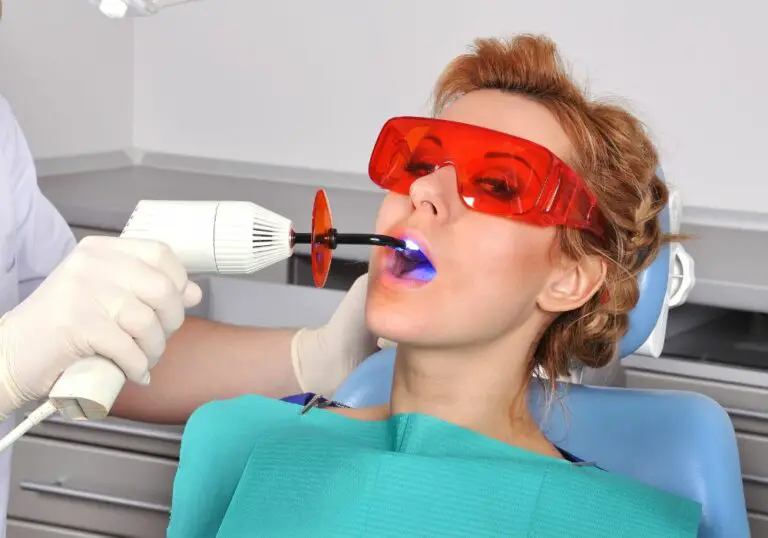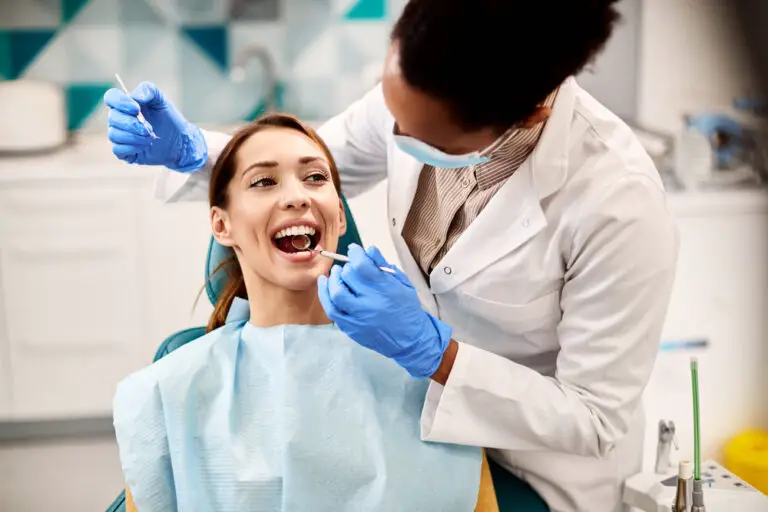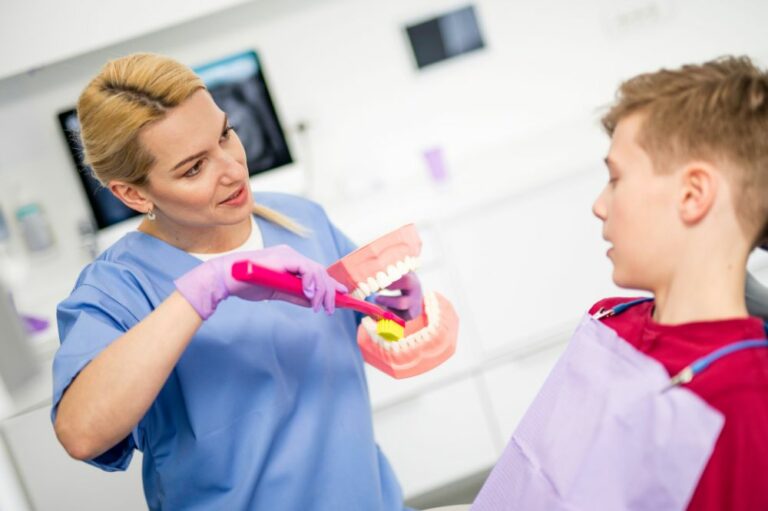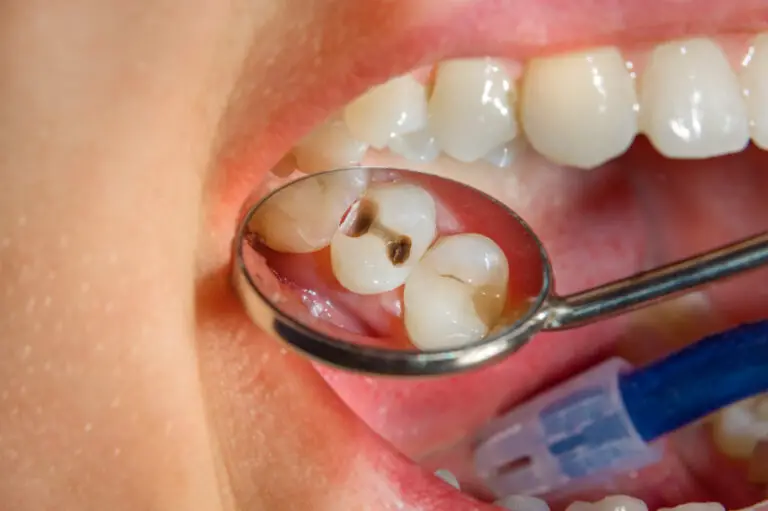Dental x-rays are part of both routine and specialized care. Regardless of your mouth condition or concerns, you will need x-rays at least once a year (if not more often), and you should understand how much these x-rays cost.
Most of your basic x-rays at your routine exams cost $50 to $250 depending on your location. If you have dental insurance, your plan is likely to cover these costs to some degree. More comprehensive imaging, like CBCTs, can cost as much as $1,000 without insurance.
There are several types of x-rays to suit different situations, and they carry their own procedures and price tags. In this guide, we explain what influences the cost of an x-ray, why they’re so important, and how you can potentially minimize these costs.
What Affects Dental X-Ray Costs
When it comes to dental x-rays, there are two major influences on cost.
The first, like most dental procedures, is the location of your dentist. It’s no secret that the cost of living can change dramatically as you cross city lines, and the overhead costs in one area may influence what your dentist must charge to cover their bills.
This is why dentists in rural areas tend to cost much less than those in metropolitan spaces.
The type of x-ray you need is another major factor in the final cost. We’ll expand more on the many types that there are, but understand that each uses different technology and procedures.
The more images you need, the higher the end price. Most dental insurance plans are willing to cover basic x-rays completely and at least half of more advanced imaging, but this varies from plan to plan.
Types of Dental X-Rays
Dental x-rays can be either:
- Intraoral X-rays: taken with the film inside the mouth
- Extraoral X-rays: taken with the film outside the mouth; show surrounding structures as well
You can also utilize sensors to perform the imaging, allowing for less radiation and more immediate processing.
Within these types of x-rays are different formats that suit specific situations and carry their own costs.
Intraoral X-Rays
Intraoral x-rays are taken with the film or sensor on the inside of your mouth. While this limits the scope of the imaging, it works well enough for most situations and allows dentists to keep their x-ray prices lower.
| Type of Intraoral X-Ray | Cost |
| Bitewing | $25 to $100 |
| Periapical (PA) | $25 to $75 |
| Occlusal | $25 to $200 |
| Full Mouth Series (FMX) | $50 to $300 |
Intraoral x-rays are usually part of routine care.
#1 Bitewing X-Rays
Bitewings get their name from the wing-shaped piece of film you bite down on to take the image. Most people get them once a year, although some treatment plans call for it more often. This is the usual “checkup” x-ray because of its simplicity and capabilities.
Bitewings allow dentists to detect cavities between teeth as well as observe bone thickness and gum health. You usually have a few bitewing x-rays taken of different sections of your mouth for a general understanding of tooth condition.
#2 Periapical X-Rays
Periapical x-rays usually focus on a small section of your mouth, usually one or two teeth, and they show the tooth from root to tip. Those who need them get them done about once or twice a year unless otherwise needed.
Dentists often take these x-rays to diagnose acute pain in the mouth. They help dentists recognize issues like:
- Impacted teeth
- Fractures
- Cracks
- Abscesses
They’re also important when working on crown placement, tooth extraction, or veneers. Your dentist may need more than one image to get all the information they need about your tooth condition.
#3 Occlusal X-Rays
Dental occlusion refers to how your teeth meet when your jaw bites, and occlusal x-rays assesses this as well as tooth development. Each radiograph covers an entire arch, and they’re often used to detect cavities or other issues prior to any orthodontic work.
Because they monitor bite and development, this type of x-ray is common in children. Beyond alignment, they can also detect unerupted or oddly positioned teeth.
#4 Full Mouth Series (FMX)
A full mouth series involves 16 to 18 images that showcase all teeth, including those coming in, and the surrounding tissue. A full mouth series isn’t a specific type of x-ray, but a set of 4 bitewings and 12 to 14 periapicals to gain a perspective of your entire mouth.
An FMX presents both sides of your jaw, and it allows your dentist to detect issues like tooth decay, abscesses, and gum disease. Some require an FMX for new patients to make sure they start off on solid ground.
Extraoral X-Rays
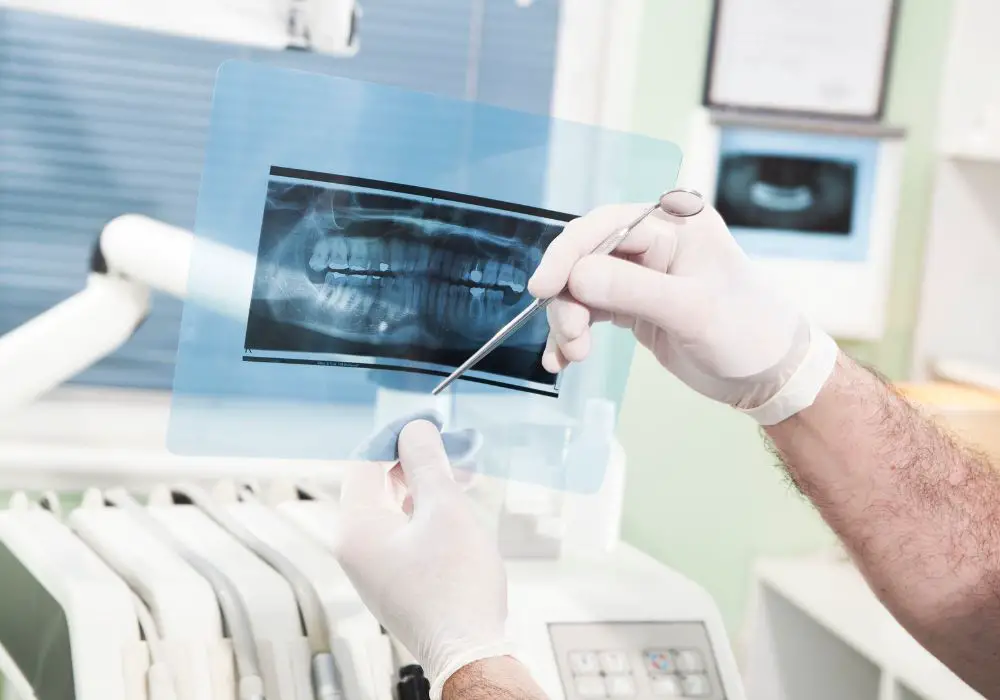
Your extraoral x-rays are less common, and they require more specialized equipment. Small offices may send you out for these images before oral surgery.
| Type of Extraoral X-Ray | Cost |
| Panoramic (Pano) | $50 to $250 |
| Cephalometric | $70 to $300 |
| Cone Beam Computed Tomography (CBCT) | $150 to $1,000 |
The film or sensor used in extraoral x-rays is on the outside of your mouth, and many capture the surrounding structure as well as the teeth in question.
#1 Panoramic X-Rays
Panoramics do not replace the typical “checkup” x-rays, but they’re the most common extraoral x-ray you will encounter. They present your jaw and teeth as well as nasal cavities and sinuses, allowing your oral surgeon to prepare for most procedures.
You need to remove metal like jewelry and glasses before getting a panoramic as well as wear a lead apron to protect your body from the radiation. These images are taken while you stand still and a device rotates around your head.
Both arches, surrounding structure, and tissues are presented in a flat image. While they’re used for most general procedures, panoramic x-rays are also used to detect cysts, tumors, infections, and structural issues.
With no other need, your dentist may request a panoramic every 3 to 5 years.
#2 Cephalometric Projection
A “ceph” x-ray focuses on your profile and allows an orthodontist to predict tooth movement. These are usually taken both before and after orthodontic treatment, such as braces or clear aligners.
Exposure of a cephalometric projection takes about 10 seconds, while development takes another 5 minutes. Your dentist will then trace the two-dimensional image and use it to calculate dentition movement and future growth.
#3 Cone Beam Computed Tomography (CBCT)
CBCTs provide plenty of detail in 3D imaging, and they’re often used when other types of x-rays are insufficient. While they’re often confused with CT scans, CBCTs produce far less radiation.
To capture the images, you must stand still while a cone-shaped beam moves slowly around your head. A total of 3 radiographs are captured during the scan before they’re compiled to produce a final 3D image.
Dentists use these to get a clear understanding of the internal structure of your mouth. This includes your teeth and soft tissue, nerves, and bone structure, as well as the spaces in between.
CBCTs keep procedures as minimally invasive as possible because of the level of detail they provide. They’re popular when placing implants, extracting wisdom teeth, and performing root canals, and they limit complications like nerve damage.
Digital Dental Radiographs
Digital dental radiographs encompass all the types listed above, but they rely on sensors connected to a computer rather than film. This minimizes the radiation, allowing for more frequent imaging to monitor certain conditions.
While they’re not quite there, it’s likely that digital x-rays will replace traditional film at some point. The images are immediately processed, and you can adjust details like contrast for better understanding.
Digital dental radiographs cost about the same, so there’s no real cost benefit. The sensors are also bulkier and less comfortable to deal with, and they’re more difficult to keep clean.
The Importance of Dental X-Rays
The American Dental Association recommends you discuss your need for x-rays with your dentist to determine what types you need and how often you need them. While radiation exposure is a concern, it’s determined that this is minor when compared to risks such as:
- Severe tooth decay
- Bone loss due to gum disease
- Tartar buildup below to the gum lines
- Abscesses around tooth roods
- Endodontic infections
- Cysts and tumors
X-rays allow your dentist to detect issues early on, gather more information about developing problems, minimize invasiveness of certain procedures, and create the most accurate treatment plan for you based on your specific mouth condition.
Conclusion
If you have dental insurance or a dental payment plan, it’s likely that the cost of x-rays is already covered. For those that don’t, most x-rays costs are minimal, especially when compared to the cost of treating preventable issues once they reach a point of no return.
There isn’t much you can do to control the cost of an x-ray other than keep up with proper oral hygiene to prevent the need for more extensive imaging. If you need more low-cost options, consider dental clinics and schools in your area.
Still have questions about the different types of dental x-rays and their costs? Let us know in the comments below.

